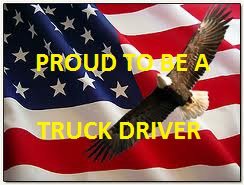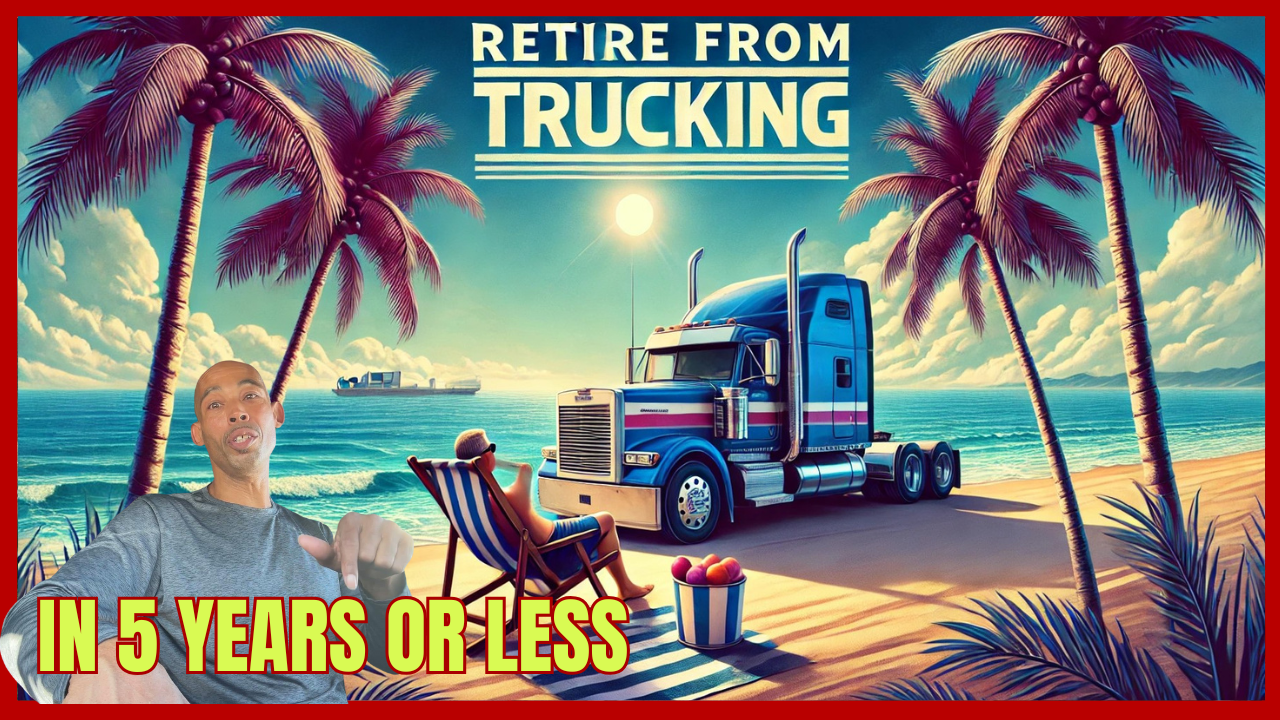Trucking in Ohio
by American Trucker
(Ohio)
What Trucking Means in Ohio
Commerce
Trucking directly impacts every goods-moving industry in Ohio. Trucks transport freight for 19,346 manufacturing companies, supply goods to 59,660 retail stores, and stock 24,466 wholesale trade companies.
Trucks supply goods to 5,414 agriculture businesses and deliver the produce and products to market. Over 82% of Ohio communities are served exclusively by trucks. Medium and large trucks account for only 3% of vehicle registrations in the state.
Employment
In 2010, 272,770 people in Ohio - or one out of every 15 workers - were employed in trucking-related occupations at private and for-hire motor carriers. The average annual wage paid to trucking industry workers was $43,189. The total annual payroll for the trucking industry in Ohio was $11.8 billion.
Taxes Paid
In 2009, the trucking industry in Ohio paid approximately $1.3 billion in federal and state roadway taxes and fees, or 36 percent of all taxes and fees paid by all motorists.
Although the industry pays 36 percent of all federal and state highway user fees and taxes, trucking represents just 11 percent of vehicle miles traveled in the state.
In 2011, a typical five-axle tractor-trailer combination paid $13,657 in state highway user fees and taxes.
Freight Movement
In 2010, there were over 12,730 trucking companies located in Ohio, most of them small, locally-owned businesses. These companies are served by a wide range of supporting businesses both large and small.
On a daily basis, trucks moved an average of 1,107,809 tons of inbound and outbound freight. 85.7% of all manufactured freight transported in Ohio is carried by trucks.
Safety
At the national level, the large truck fatal crash rate for 2009 was 1.04 fatal crashes per 100 million vehicle miles traveled. This rate is at its lowest since the US DOT began keeping these records in 1975. Since that time, it has dropped 77 percent.
The trucking industry is committed to sharing the road safely with all vehicles. The Share the Road program sends a team of professional truck drivers to communities around the country to teach car drivers about truck blind spots, stopping distances, and how to merge safely around large trucks; all designed to reduce the number of car-truck accidents.
Radar detectors have been banned in all commercial vehicles, as has the use of hand-held cellular telephones.
Mandatory drug and alcohol testing for commercial motor vehicle drivers has resulted in one of the lowest incidences of substance abuse in any profession.
The Ohio Trucking Association works closely with the Ohio Department of Public Safety, and the Ohio State Highway Patrol in efforts to improve highway safety. OTA actively participates in the Law Enforcement and Trucks Safety Program and the Federal Highway Administration's No-Zone Program. These efforts raise the level of safety education and are designed to reduce the number of accidents on our highways.
Environment
The trucking industry continues to improve energy and environmental efficiency even while increasing the number of miles driven. In 2009, combination trucks consumed over 57 billion fewer gallons of fuel than passenger vehicles in the U.S. and accounted for just 17 percent of the toal highway transportation fuel consumed.
Through advancements in engine technology and fuel refinements, new diesel truck engines produce 98 percent fewer particulate matter and nitrogen oxide emissions than a similar engine manufactured prior to 1990. Sulfur emissions from diesel engines have also been reduced by 97 percent since 1999.
I was born an raised in Ohio and to be honest I've always found them to be good to the trucker.
The state holds high respect for the truck driver,also expects the same in return by keeping safe and obeying the rules an regulations of the road. Operate in a safe manner.
American Trucker
C.Smith








